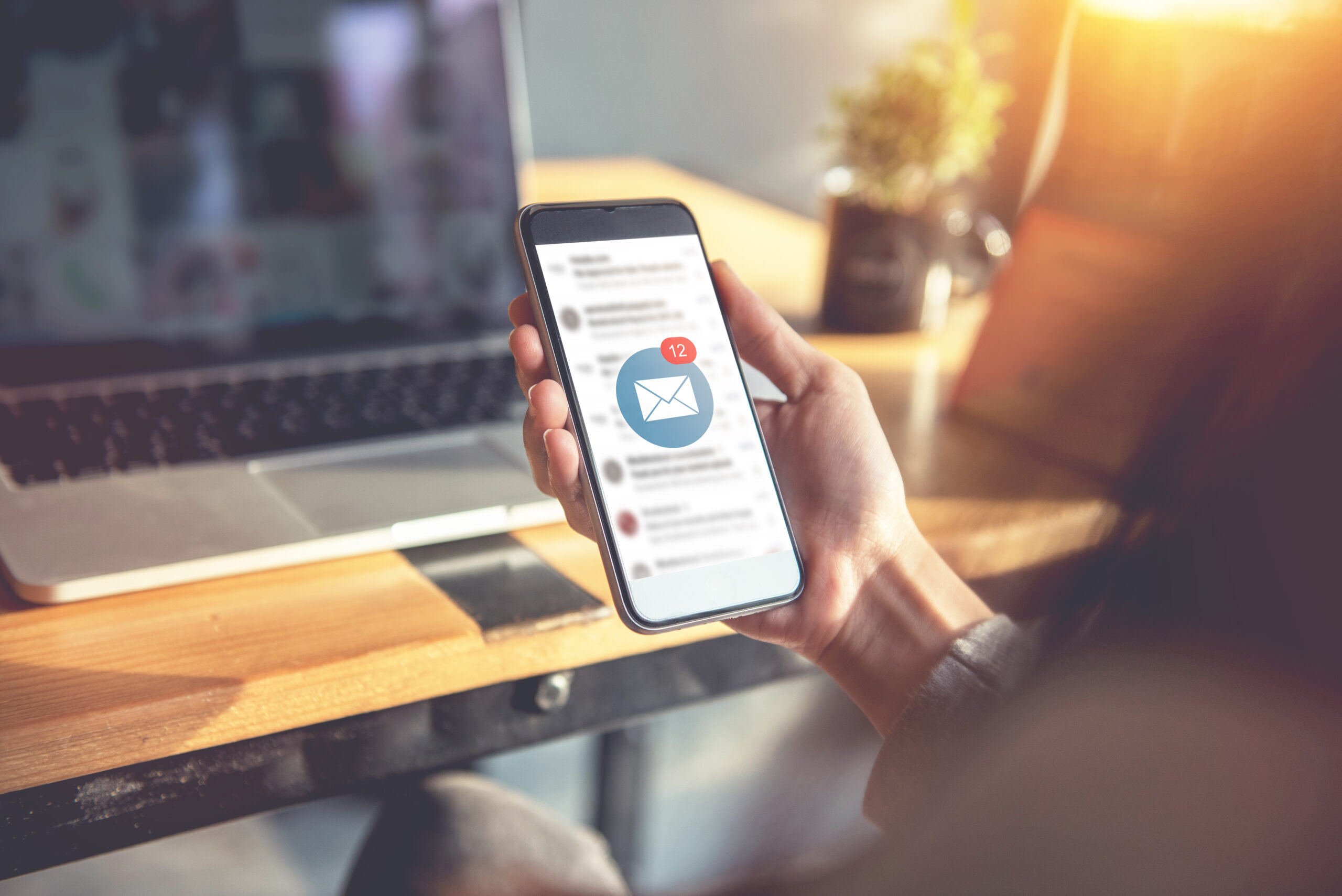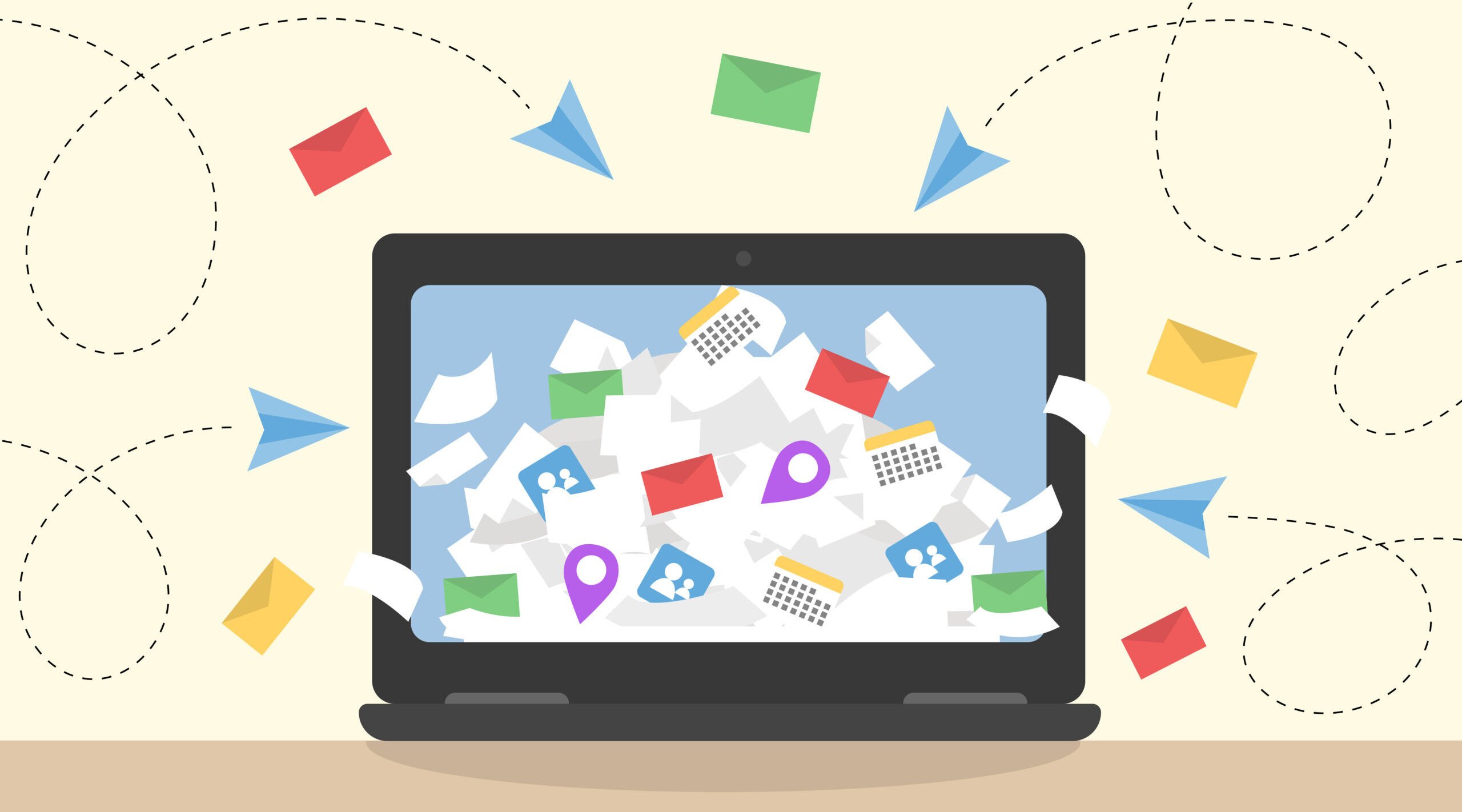Does Your Thank You Message Need a Refresh?
You may be tired of hearing yourself write. What I mean is, that same repeated thank you message might take seconds to write, because you have it...
4 min read
Jeff Schreifels : May 6, 2024

Recently on our team Slack channel, our coaches shared that we send a lot of these tips to our clients about how to write an effective email, so I thought it would be a great resource to share them here so they’re all in one place for your easy reference.
Here are some of our standard tips for email communication. (These are general guidelines, but of course there may be exceptions where you must use your best judgment.)
I hope these tips come in handy as you’re writing your next email! Any other email rules you’d add to this list? Share it in the comments!
Jeff

You may be tired of hearing yourself write. What I mean is, that same repeated thank you message might take seconds to write, because you have it...

You know those sound machines that create white noise and block out all the other sounds around them? That’s what’s happening to your donors right...